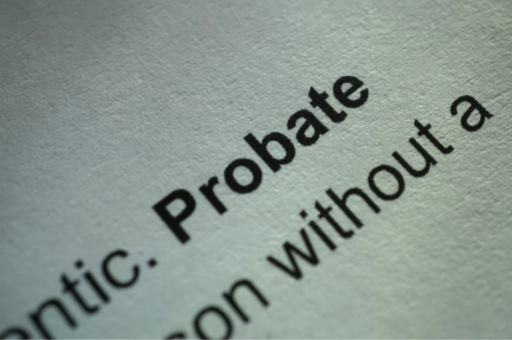
Last Will and Testament
The last will and testament is a major part of an estate plan and will ensure that the estate is settled according to your wishes. While there are other steps in estate planning, the will is the primary document to guide the process of settling an estate for most people. The official term for the creator of a will is a testator.
Unfortunately only 46% of Americans 18 years old and older have a will. Although the percentage does rise among older adults, 24% of Americans ages 65 and over still do not have one.
You may use your will to express your sentiments toward loved ones and your hopes for their future, forgive debts, provide special instructions about care of minor children, form posthumous trusts, and to provide for your pets.
Wills usually require specific language, some of which may be determined by your State’s rules.
You should regularly review and revise your will when preferences or circumstances change.
Update your will as soon as possible for any of these events:
 A last will and testament is a legal document that is prepared while you are alive that describes how you want your assets to be handled after you’re gone.
A last will and testament is a legal document that is prepared while you are alive that describes how you want your assets to be handled after you’re gone.
- You get married, form a domestic partnership, or have a civil union;
- The birth or adoption of a child;
- The death of a beneficiary;
- You are diagnosed with a terminal illness; and/or
- You move to a different state where the laws may differ.
- Testamentary capacity means that you are at least 18 years old and of sound mind; the age limit in certain states is lower if you’re legally married.
- Depending on the state you live in, your will should be either typed or handwritten.
- Some states allow oral (nuncupative) wills under certain circumstances.
- Holographic wills, — wills written in your handwriting but are not witnessed — are allowed in many states.
- A few states allow videotaped records of the will signing to be used as a legal validation of the will.
 A last will and testament is a legal document that is prepared while you are alive that describes how you want your assets to be handled after you’re gone.
A last will and testament is a legal document that is prepared while you are alive that describes how you want your assets to be handled after you’re gone.
- Its purpose is to give information and guidance to your executor or trustee and beneficiaries and may not be legally binding.
- It outlines what to do with your money, possessions, and other assets, such as being left to another person, a group, or donated to specified charities.
- This could include larger assets like your home or other properties, or possessions of lesser value, like a family heirloom or personal items.
- It may designate how and who will manage your accounts and interests.
- If you have dependents, it will state your wishes for them, including who will act as legal guardian for minor children, dependent adults, or pets.
- It needs to be signed and witnessed, although beneficiaries should not be witnesses. Some states may require notarization.
- Financial accounts, digital assets, tax information, insurance policies, credit cards, vehicle loans, and mortgages;
- Contact information for relatives and close friends to be notified of your death;
- Where assets and possessions are located (property addresses, safe deposit boxes, home safe, storage units, electronic devices or the internet, etc.);
- All your passwords, usernames, domain names, or other information needed to access digital information;
- Keys and combinations; and/or
- Instructions regarding your desires for burial, cremation, funeral ceremonies, organ donation, etc.
Updated: December 12, 2022
- DeLoe R. 24 Things You May Not Know About Wills But Should. legalzoom website. Updated: May 2, 2022 . Accessed: December 12, 2022.
- Garber J. What Is a Last Will and Testament? the balance website. Updated: May 6, 2022. Accessed: December 12, 2022.
- Jarrell M. Will vs. Trust: What’s the Difference? Investopedia website. Updated: December 4, 2022. Accessed: December 12, 2022.
- Kagan J. Last Will And Testament. Investopedia website. Updated: September 18, 2022. Accessed: December 12, 2022.
- Lake R. 4 Things to Know About Making a Will. smart asset website. Updated: December 12, 2019. Accessed: December 20, 2021.
- Silva D, Suh. A guide to different types of wills. Policygenius website. Updated: March 15, 2021. Accessed: December 12, 2022
- Wills: An Overview. FindLaw website. Updated: March 3, 2021. Accessed: December 12, 2022.











